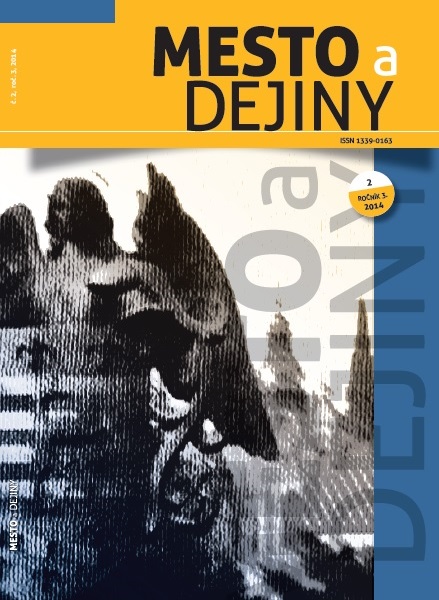Funkcia trenčianskeho mestského komorníka v 17. storočí z pohľadu archontológie
The function of Trenčín urban valet in the 17th century from the perspective of archontology
Author(s): Peter BrindzaSubject(s): Politics / Political Sciences, Christian Theology and Religion, Politics, History, Economy, Law, Constitution, Jurisprudence, Cultural history, History of Church(es), Library and Information Science, History of Law, Civil Law, Archiving, Political Theory, Civil Society, Public Administration, Public Law, Sociology, Economic history, Local History / Microhistory, Political history, Social history, Modern Age, Theology and Religion, Economic policy, Government/Political systems, Welfare systems, Political economy, Politics and law, Social development, Rural and urban sociology, Welfare services, 17th Century, Other Christian Denominations, Public Finances, Sociology of Politics, Sociology of Religion, History of Religion
Published by: Univerzita Pavla Jozefa Šafárika v Košiciach
Keywords: Urban valet; Trenčín city; Archontology; 17th century;
Summary/Abstract: The municipal administration in the city of Trenčín had several different elements from most of the cities in the Kingdom of Hungary in the 17th century. One of them was represented also by the urban valet concer-ning the position and responsibilities within the municipal administration. He was not part of the Senate in Trenčín city, but on the other hand he fulfilled the tasks held by Burghers in other cities. At the turn of the 16th and 17th century, the valet became a permanent and integral part of Trenčín government. Due to the increase of economic power of the city and the administration as a whole, the function of urban valet was often considered as a kind of interchange stations for those who had the ambition to be selected for City Council. Those who were already there, they again cumulated interest in authorities because the urban valet organize the flow of city money; senators were trying to get often. The author of the study tries to portray the urban valet as a officer, in particular through the view of the circumstances of the election and his position, competencies and tasks entrusted within the city administration. In the present study there is also chronological overview of urban valet in the 17th century and two archontological profiles of urban valets who made a vital contribution to the population of our history.
Journal: The City and History (Mesto a dejiny until 2019)
- Issue Year: 3/2014
- Issue No: 2
- Page Range: 23-38
- Page Count: 16
- Language: Slovak

